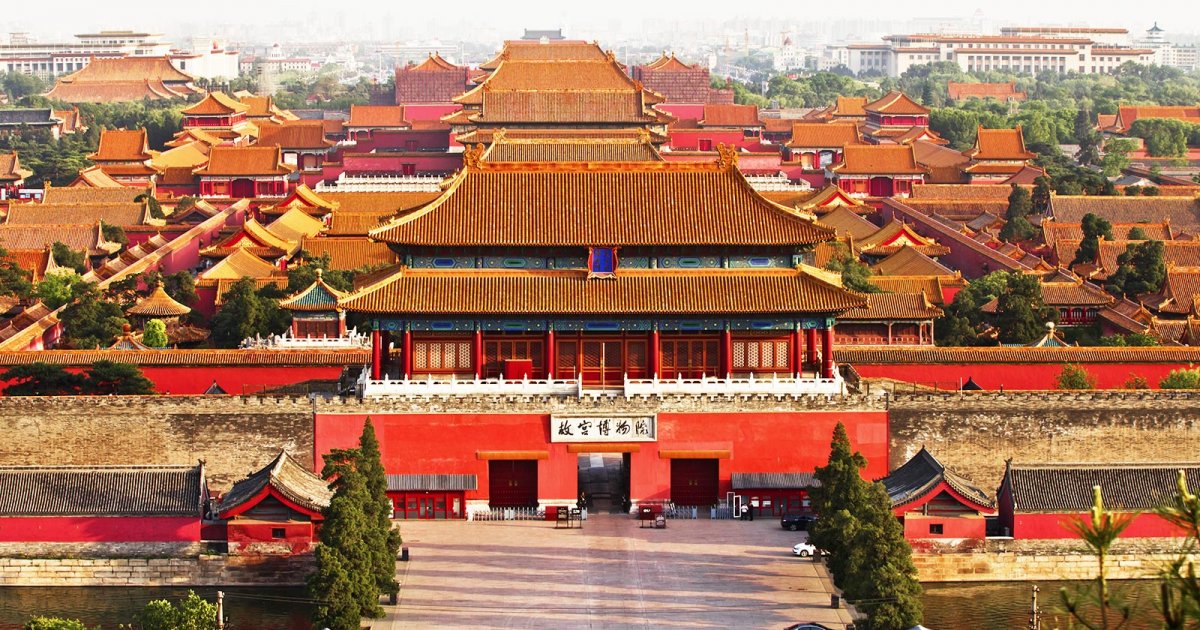THE FORBIDDEN CITY, Introduction Part I
 Language: English / USA
Language: English / USA
Hi, my name’s Marcy, and I’m your personal guide. Along with MyWoWo, I’d like to welcome you to one of the Wonders of the World: the Forbidden City.
With an area of 720,000 square meters, 980 buildings and a total of 8707 rooms, the Forbidden City is the largest palace complex in the world.
Its Chinese name, Zǐjìnchéng, means forbidden purple city, because the ancient Chinese astronomers believed that the Purple Star, or the Pole Star, marked the center of heaven, and since the emperor was considered the Son of Heaven, his residence should be a purple palace. No-one was allowed to enter the city without the emperor’s permission, under penalty of death.
The Forbidden City was built between 1406 and 1420 by Emperor Yongle of the Ming Dynasty, in the place where the imperial palaces of the previous dynasties once stood. Over one million people were involved in building the complex, including manual laborers, craftsmen and artists. The buildings you’ll see are made mostly in wood and marble, while the floors and roofs are in ceramics.
The large complex is surrounded by a moat which is 52 meters wide and 6 meters deep, and by a wall which is almost 8 meters high.
Do you know what materials were used at the time for the buildings? For the bricks, white limestone and rice flour, and the cement was made with rice flour and egg white. Hard to believe, isn’t it?
The complex you’ll be visiting has just one gate on each side. The distance between the Meridian Gate, the way into the complex, and the gate on the other side is 961 meters, while the side gates are 753 meters apart. There are pagoda lookout towers at each corner.
The inside of the Forbidden City is divided into two areas: the Outer Court, which was mainly used for ceremonial purposes, and the Inner Court, the residence of the emperor and his family, where official state affairs were conducted.
An interesting fact: entrance to the Forbidden City was effectively forbidden to most of the emperor’s subjects. Only the emperor himself was free to move around any part of the complex, while government officials and even members of the emperor’s family had limited access.



